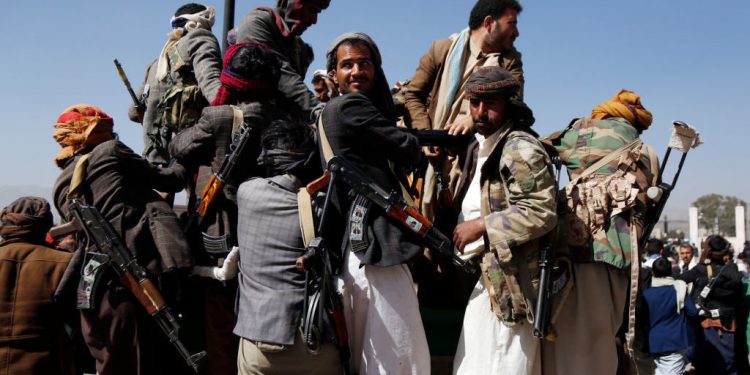Why has al-Baydha become the center of the Yemeni war? What is Ansarullah’s strategy?
Ansarullah’s strategy in dealing with the Al-Bayda tribes is based on two elements: mobilizing supporters from among the tribes (especially the Hashemites, who, like the Houthi family, trace their lineage to the Prophet Muhammad) and maintaining peace with the neutral tribes.
In recent days, Yemen’s Al-Bayda province has become the main and central scene of clashes between Ansarullah and mercenaries affiliated with Mansour Hadi and Saudi Arabia, along with al-Qaeda and ISIS terrorists. Saudi Arabia and the ousted government of Mansour Hadi are trying to reduce Sanaa’s focus on liberating Ma’rib province and reduce the pressure on Ma’rib by dragging clashes into different areas with Ansar al-Islam.
Heavy fighting has broken out on several fronts in Yemen’s al-Bayda province since Friday. The pressure is part of a new military operation launched by forces affiliated with Mansour Hadi, backed by al-Qaeda and ISIS terrorists, and accompanied by some al-Bayda tribes. The ground operation is supported by Saudi airstrikes, but the Yemeni army and popular committees were able to regain lost ground in their operations, inflicting heavy casualties on Mansour Hadi’s forces and al-Qaeda terrorists.
The importance of Baydha.
Al-Baydha Central Province is largely forgotten amid clashes over Yemen’s strategic and good oil provinces. This province is a large area of Yemen that is devoid of economic importance in terms of natural resources and is generally less noticed by Yemeni observers, and has often become a gathering place for al-Qaeda and ISIS forces during the war years.
However, from the point of view of the geopolitical situation, the control of al-Bayda by any force can greatly help it in war. Al-Bayda borders eight other provinces: Shabwa, Dhale, Abyan and Lahj in the south, and Marb, Sanaa, Dhamar and Ab in the north. Its strategic location, providing access to many parts of the country, determines al-Bayda for the current conflict between Ansar al-Islam and Saudi mercenaries.
Given this strategic position, the capture of al-Bayda is a turning point in the conflict.
Al-Baydha overlooks Zamar province in southern Sanaa, and if Saudi mercenaries had succeeded in controlling al-Bayda, they could have pushed Ansarullah supply lines to the water, Taiz and Al-Diyala fronts. Al-Bayda also provided a direct route for terrorists and anti-security mercenaries to join the Damat Front in al-Dala province and put pressure on Ansar al-Islam forces.
It is also possible that the anti-Yemeni coalition is well aware of the fact that in the conditions of Ansarullah control over Beida after the Ma’rib war, progress towards the southern provinces of Shabwa and Abyan will be inevitable. Al-Baydha’s unique strategic position gives anyone who controls it the keys to intensifying and reducing the scope of conflict on the open fronts in eight different provinces.









